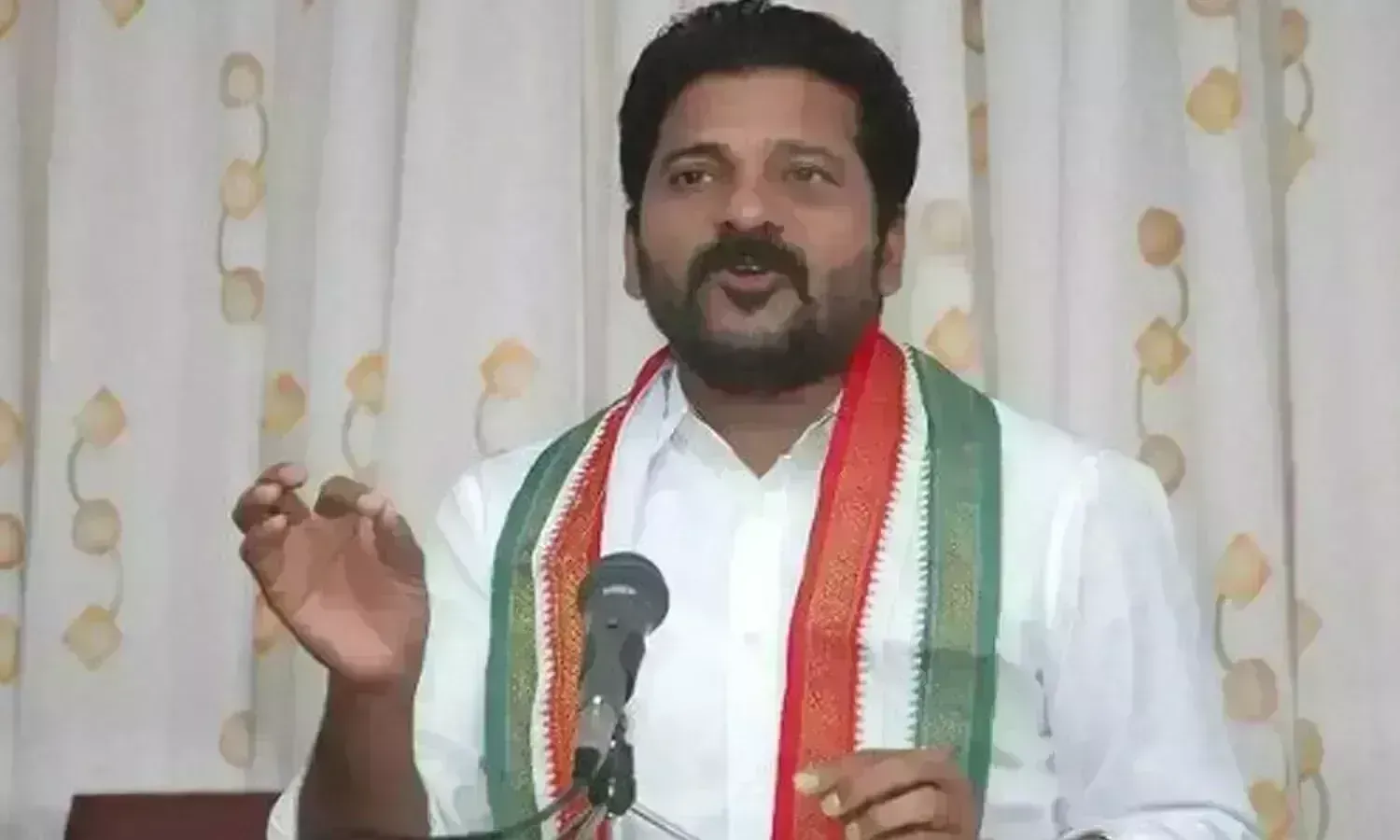Revanth Reddy's contradiction on free power to farmers exposes confusion in Congress on its sops
Land must be irrigated continuously, lest it will be wasted or evaporated, benefitting none. So the theory of three hours of power to farmers would push the farmers into a crisis that they have endured for decades

HYDERABAD: Telangana Pradesh Congress Committee (TPCC) president A Revanth Reddy during his trip to Philadelphia in the USA addressed a press conference at the TANA meeting and endorsed that 95 percent of the land holdings in Telangana are small to the extent of one to three acres and three hours of quality power would be be enough to irrigate an acre with a 10 hp pump.
In just one go, the person who calls himself the future Chief Minister of Telangana demolished the myths that the Grand Old Party was trying to weave around its prodigal son.
Coming to the power aspect, the farmers of Telangana who were forced to adopt a rainfed form of agriculture for decades know how long they should operate their pump sets to irrigate their agricultural lands.
Even if a farmer uses a 10 hp motor as suggested by Revanth Reddy, farmers of Telangana had to invest in buying 10 hp pumps. The farmers in Telangana who use bore wells use pump sets with 2 to 3 hp power that take a longer time to irrigate an acre but evenly distribute irrigation water throughout the land , throughout the day.
If power is not erratic, then farmers will be able to irrigate one acre of land to a level of five inches in seven to eight hours as a 10 hp pump would release 1,02,789.07 litres (27,154 gallons) of water per hour.
Then taking the type of land holding, its depth, soil moisture, evaporation and other factors into consideration, farmers would like to keep the pumps on to irrigate their holding. If there are power intervals the water irrigated will be wasted as the roots will not be able to absorb the water.
The farmers in neighbouring Karnataka which is under the Congress rule started feeling the pinch as the five hours of the so-called ‘quality’ power given, in intervals led to the failure of crops causing severe agrarian distress in a semi-arid region similar to that of Telangana.
Land must be irrigated continuously, lest it will be wasted or evaporated, benefitting none. So the theory of three hours of power to farmers would push the farmers into a crisis that they have endured for decades.
According to official data, the average operational landholding in Telangana is around 2.47 acres which is less than the national average of 2.67 acres.
If the landholdings are small as agreed by Revanth Reddy and the land is owned by the farmers, then the Rytu Bandhu scheme of the BRS Government has been successfully covering 95 percent of the landowners.
Now, in the six guarantees that the Congress has promised, farmers and tenant farmers were assured of Rs 15,000 while farm labourers will receive Rs 12,000 per year under ‘Rytu Bharosa’.
The Congress failed to clarify whether the farmer who works as a labourer on his own farm gets Rs.15,000 and Rs.12,000 together?
Will this assistance be distributed per acre per farmer every single year or for the season?
For instance, the Telangana Government pays the ‘Rytu Bandhu’ assistance in lumpsum per season, like the Yasangi and Vanakalam.
Chief Minister K Chandrashekar Rao also announced an enhancement of Rytu Bandhu assistance to Rs 16,000 in a phased manner like the scheme implemented in AP.
Under the Rytu Bandhu, the Government doesn’t differentiate between small and large holdings as the Telangana region is known for its uneconomic small holdings due to its harsh terrain. As most farmers are owners and labourers themselves, they would not need many external labourers.
However, the contradictory statements by Revanth Reddy, which are out to jeopardise farming in Telangana, exposed the confusion within the Congress about free power and also the promise to Rytu Bharosa.



